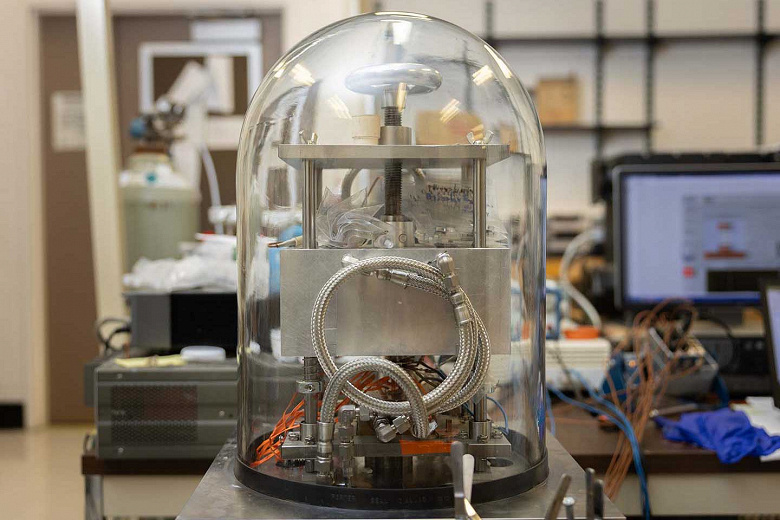Computer calculation of optimal combinations of elements opens the way to efficient thermal generators
Thermoelectric materials play an important role in the clean energy transition due to their ability to generate electricity by converting heat into electricity. However, their practical application is slowed by the fact that most modern thermoelectric materials do not produce energy efficiently enough for a wide range of applications.
In the search for new, more effective materials with complex chemical compositions, scientists must conduct numerous experimental tests on each proposed new composition of several materials, often involving toxic or rare elements.
Researchers from the University of Houston and Rice University reported a new method: they made a thermoelectric module after proving that one of the materials developed in this way— p-type Zintl junction — will provide extremely high thermoelectric characteristics.
Scientists say that at a temperature difference of 475 Kelvin, or about 855 degrees Fahrenheit, the efficiency of converting heat into electricity was greater than 10%.
Zhifeng Ren, director of the Texas Center for Superconductivity at the University of Houston and an author of the paper, reported that the materials' performance remained stable for more than two years.
Although several strategies have been used to improve efficiency, electronic band convergence has received particular interest due to its potential for improving thermoelectric performance. Achieving high performance in thermoelectric materials is usually a challenging task. Creating complex material where all groups have to work simultaneously to achieve the best performance is even more difficult.
In addition, the search for new materials with strong zone convergence took a long time, resulting in several unsuccessful attempts. The usual method was trial and error. The convergence of energy bands helps to increase the mobility of charge carriers and the concentration of electrons and holes, which increases the electrical conductivity of the material. This is important for thermoelectric materials, whose efficiency depends on the ability to convert heat into electrical current. Band convergence is considered one of the strategies to improve the performance of thermoelectric materials, along with other approaches such as doping or creating a specific crystal structure.
«Instead of conducting a lot of experiments, this method allowed us to eliminate unnecessary possibilities that would not give the best results», — Ren said.
A new forecasting method can significantly reduce the time and resources required to find more efficient thermoelectric materials, which could accelerate the transition to clean energy sources.
To find out which combinations of precursors could provide the best performance, the scientists started with four precursors containing five elements: ytterbium, calcium, magnesium, zinc and antimony. Then, they selected the most efficient mixture to create a thermoelectric device.
«Without this method, you would have to experiment and try all the possibilities. There is no other way to do this. Now we first make calculations, design the material, and then manufacture and test it», — said Xin Shi, a graduate student in Ren's group and lead author of the paper.
Scientists could also use this strategy to develop new thermoelectric materials by applying the computational method to other composite materials. The calculation establishes the appropriate ratios of the initial compounds that should be used in the finished alloy.
Thus, the new computational method makes it possible to accurately predict the convergence of electronic bands and the optimal composition of the alloy, which significantly speeds up and reduces the cost of developing high-performance thermoelectric materials. Using this approach, the scientists created a thermoelectric module based on a p-type Zintl compound that showed extremely high heat-to-electricity conversion efficiency of more than 10% at a temperature difference of about 855 degrees Fahrenheit. More importantly — the characteristics of this material remained stable for more than two years.
The discovery will potentially speed up the transition to renewable energy sources through the creation of more efficient thermoelectric generators.

